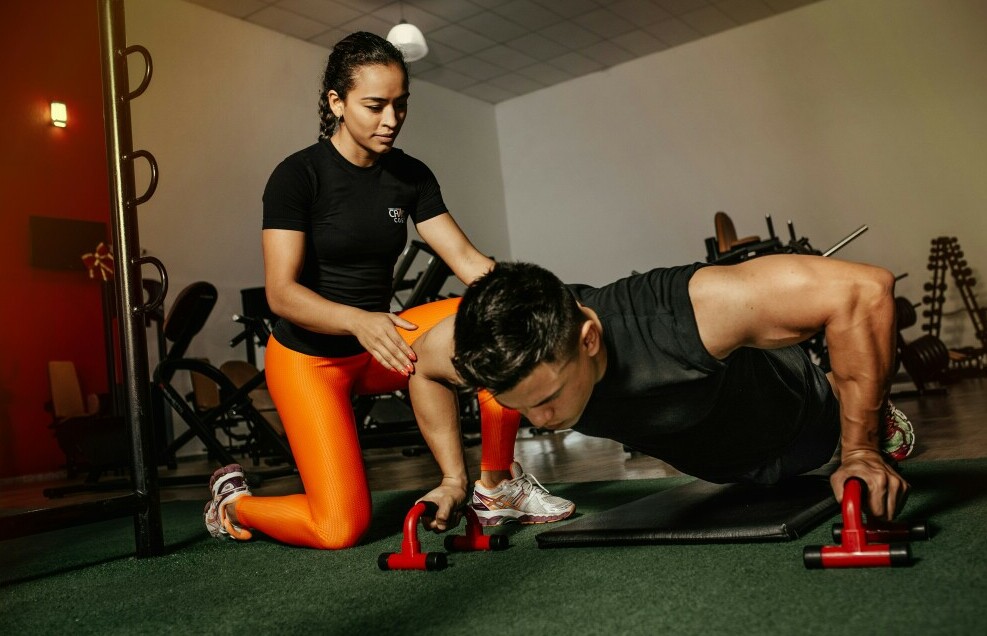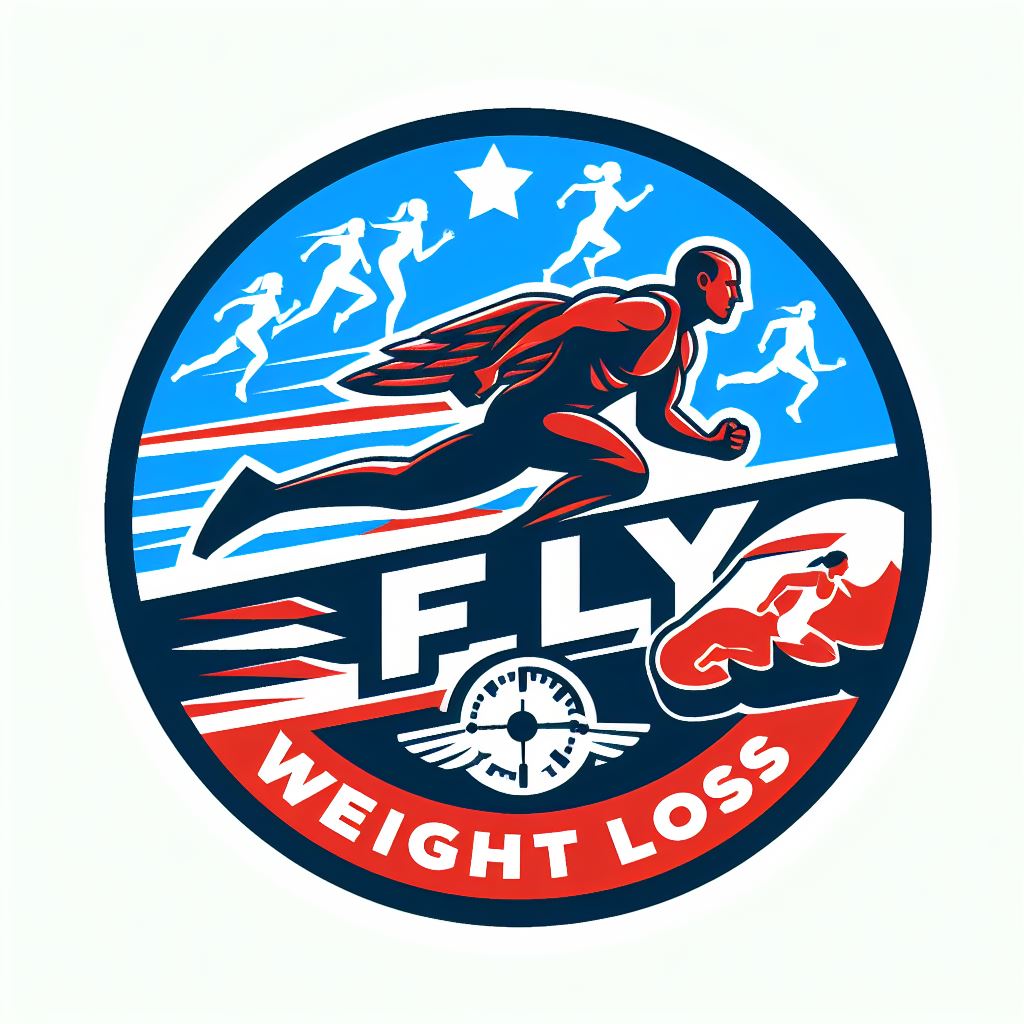Let me set some realistic expectations about ‘rapid weight loss exercise’. You’re going to find out about the pace at which weight loss can occur, in a healthy and safe manner, through exercise, and why it’s important to avoid pushing the body too fast, too soon.
This isn’t just about sweating out hours in the gym; it’s also about understanding how your body responds to exercise and the importance of being patient with weight loss goals. There’s a lot of opportunity in exercising for rapid weight loss, but it’s crucial to remain aware of the health risks and benefits that accompany a quick drop in pounds.

Don’t worry too much about hitting a certain number on the scale within a tight deadline. Your health should always come first, which is why consulting a healthcare professional before starting any new, intense exercise regimen is essential. They can give you tailored advice that takes into account your personal health history and any possible risks.
In my opinion, it’s about finding that sweet spot between effective exercise and what’s going to be best for your long-term health. So, before you put your sneakers on and start your timer, let’s make sure you’ve got all the information you need to do this the right way.
Choose something that resonates with you and your lifestyle, and let’s ensure it’s a plan you can stick to. Up next, I’ll walk you through designing a rapid weight loss exercise plan that reflects your needs and sets you up for success, not a cycle of burnout and frustration.
Designing Your Rapid Weight Loss Exercise Plan
You’re embarking on a journey to rapid weight loss, and exercise is your faithful companion. Now, I’m not just going to throw a bunch of ‘do this, do that’ at you. Instead, I’m here to help you craft a plan that not only shreds pounds but also keeps your well-being in check.
Tailoring exercises to your unique body and goals isn’t just smart; it’s essential. You want to look good, feel great, and avoid the burnout that can come from mismatched exercises. Choose something that resonates with you, whether it’s swimming, running, or even dancing.
And here’s why combining cardio with strength training is akin to a weight loss superpower: Cardio burns calories, sure, but strength training? That’s going to increase your muscle mass, and more muscle means a more fired-up metabolism. You’re building a body that’s better at burning calories, even while you’re chilling on the couch.
Don’t forget to add flexibility and recovery to your mix. We’re often so focused on going hard that we forget the growth and healing happen when we rest. Incorporate activities like yoga or stretching, and give yourself days off. Your muscles need to recover to grow stronger.
Setting achievable goals is your secret weapon. If you’re sprinting towards an impossible finish line, you’re going to burn out. Instead, set short-term goals that lead to long-term success. This approach builds momentum, and before you know it, you’re surging past your own expectations.
Remember, your first attempts don’t need to be perfect. You can always adjust your approach down the road. The important thing is to start with a solid foundation and build from there. So, as you lace up your sneakers and prep for the sweat ahead, think of this as the beginning of an adaptable, dynamic journey.
High-Intensity Workouts: Are They for Everyone?
Now, let’s cut to the chase about high-intensity workouts and who they’re really for. High-Intensity Interval Training, or HIIT, has taken the fitness world by storm. It’s praised for its ability to burn calories and boost metabolism in a short amount of time. But here’s the deal: HIIT isn’t a one-size-fits-all solution.
If you’re thinking about jumping into HIIT, you need to take a good look at your current fitness level first. High-intensity workouts are demanding. They push your heart rate up and require maximum effort in short bursts. So before you start, ask yourself if you’re ready for that intensity. If you’re just starting out or have certain health concerns, you might want to opt for a more moderate approach.
Now, for those who might not be suited for the full force of HIIT, don’t feel bad. There’s a whole spectrum of exercise options available. Low-impact exercises, such as swimming, yoga, and walking, can still contribute significantly to your weight loss efforts without the high impact on your joints.
Effective exercise is personalized exercise. By understanding and listening to your body, you can tailor your workout regimen to fit your needs while minimizing the risk of injury. Finding the right balance of exercise type, frequency, and intensity is key to not only losing weight rapidly but doing so sustainably and healthily.
This principle of personalization doesn’t stop with your workout routine; it’s just as crucial when it comes to what you eat and drink. This is a natural segue into the importance of nutrition and hydration, which act as the pillars of any weight loss journey. Let’s dive into that next.
Nutrition and Hydration: The Pillars of Any Weight Loss Journey
Exercise is just one part of the weight loss equation. Nutrition and hydration are just as important, if not more so. Together, they form the foundation that supports your entire journey towards rapid weight loss. Without proper nutrition, your body won’t have the necessary fuel to work out effectively, and without staying hydrated, your workouts may be less effective and more straining on your body.
Here’s the deal with diet: You can’t outrun a bad diet. That’s going to include all the high-sugar snacks and processed foods that are often too easy to reach for. Instead, choose something that resonates with you when it comes to healthy eating habits. Whole foods, like vegetables, fruits, lean proteins, and whole grains, should take center stage in your meal plan, while sugary drinks and snacks make a hasty exit.
Hydration’s critical role in metabolism and exercise performance cannot be overstated. It’s not just about drinking water; it’s also about maintaining the balance of electrolytes. These minerals help with muscle function and fluid balance, which can be especially important if you’re sweating more with increased physical activity. Aim to drink enough fluids so that your urine is light in color – this is a good indicator that you’re properly hydrated.
If you want to bolster your chances of success, consider the timing and composition of your meals. A strategic approach might involve eating smaller, more frequent meals to keep energy levels stable. Avoid eating large meals right before exercising to prevent discomfort and opt for a nutritious snack if you need a little boost pre-workout.
Now, this isn’t just about what you eat and drink; it’s also about how you approach your meal times. Mindful eating practices can help you listen to your body’s hunger cues, prevent overeating, and enjoy your food more. Savor each bite and listen to your body’s signals. These habits can support your weight loss goals and improve your relationship with food.
Monitoring Progress and Staying Motivated
I’m going to share something important with you: tracking your fitness journey isn’t just about celebrating the numbers on the scale. It’s about understanding your body, recognizing improvements, and making smarter choices as you progress. This means charting your weight loss, sure, but also taking note of how your strength and endurance levels are changing. Feeling stronger, having more energy, or fitting into clothes better are all victories worth commemorating.
Your first attempt doesn’t need to be your last. Hitting a plateau can be disheartening, but it’s a common part of any weight loss journey. That’s when you can always adjust your approach down the road. Change up your exercises, tweak your diet, or increase the intensity of your workouts slightly. These adjustments keep your body guessing and can kickstart progress once more.
Don’t overlook the psychological aspect of losing weight and staying active. Your mindset, yes mindset, plays a huge role in how successful you’ll be. It’s not just about the end goal; it’s also about enjoying the process. Choose workouts that identify with you, and don’t forget to celebrate your milestones, no matter how small they may seem.
Finally, I’m here to tell you that finding a community or building a support system can work wonders. Whether it’s a workout buddy, an online community, or a personal trainer, being accountable to others can magnify your motivation. Sharing your struggles and successes with people who understand can make all the difference in staying on track with your rapid weight loss exercise plan.

Great article, Jerry! This is an important reminder that weight loss can happen quickly, but there is a safe and healthy pace to adhere to. I have tried HIIT in the past and enjoyed it, but at the current stage I prefer the much lower intensity workouts of walking and swimming.
I’m happy you emphasized nutrition and hydration, as well as rest to maintain a balanced effort towards losing weight. One thing I’d love to know more about is the electrolytes that you mentioned. Do you know which minerals these are and the best place to find them?
Cheers!
Ryan
Thanks for sharing your thoughts, Ryan! It’s great to hear that you found the article valuable. Absolutely, the journey towards weight loss is unique for everyone, and finding the right balance of exercise intensity is key. Walking and swimming are fantastic choices!
Regarding electrolytes, they are essential minerals like sodium, potassium, calcium, and magnesium, among others. These minerals play crucial roles in regulating various bodily functions, including hydration, muscle function, and nerve impulses. You can find electrolytes in a variety of foods such as fruits (like bananas and oranges), vegetables (like spinach and potatoes), nuts, seeds, and dairy products. Additionally, electrolyte-enhanced beverages or electrolyte tablets can also help replenish electrolytes, especially after intense workouts or in hot weather.
I hope this helps! Keep up the great work on your fitness journey.
Best regards,
Jerry